The recent harlequin ladybird UK invasion that has swept the nation has caused concern. Particularly in relation to the STD they carry. Let’s look at this infamous little insect in more details.
Ladybirds aren’t usually considered to be a common pest. They are the subject of beloved children’s nursery rhymes, and are often a welcome sight for gardeners who love them to destroy destructive common garden pests such as aphids. Ladybirds can eat as many as 50 aphids in one day, so they are the ideal insect to have around your lovingly tended-to plants.
However, what many people don’t know is that there are more than 40 different species of ladybirds in the UK. The harlequin ladybird UK isn’t the only seldom heard of one. Some species you can’t even identify as a ladybird. Not all of the species are welcomed, just like the harlequin ladybird UK. The usual ladybirds we find in our gardens are very much welcomed, which is why it’s important to know the difference.
This year has seen an explosion in the harlequin ladybird UK. Now that the temperatures are plummeting, they’re starting to make their way into our homes.
How Do I Identify A Harlequin Ladybird?
The harlequin ladybird UK is also known as the Asian ladybird. They vary massively in colours and patterns from one insect to the next. Harlequin ladybirds can be yellow, orange, red or black with as many as 21 spots of an opposing colour. These ladybirds are around 7-8mm long, which means they are a lot larger than your standard garden variety.
As a species, the harlequin ladybird UK has topped the charts for the fastest invading species. They’ve become widespread at a shockingly rapid pace since they were first discovered in Essex in 2004. This was the same year that the import of the harlequin ladybird was banned.
Natives of eastern Asia, harlequin ladybirds were imported by farmers to Europe to prey upon pests. They are a very invasive species that eat other ladybirds, as well as the larvae and eggs of other insects. When the imports of the harlequin ladybird were banned in 2004, they spread to Essex that same year. Now they are widespread and can be found as far north as Scotland.
What Problems Come With The Harlequin Ladybird Invasion?
Scientists believe that this species of ladybird is responsible for the decline of no less than seven native UK species of insects. This is due in part to the fact that they are cannibalistic.
Now, we don’t mean to panic you but these bugs also carry a sexually transmitted disease. Try not to worry! The disease is call Laboulbeiales, which is a fungal disease. Luckily humans can’t be affected. This particular STD spreads to other insects and crustaceans though, so if you have any exotic pets make sure to be aware of any harlequin ladybird problems.
The biggest threat a harlequin ladybird can pose to your home is that they can actually stain your furniture. They produce a yellow liquid which stains quickly. These ladybirds also produce an unpleasant smell when they gather together in large groups. This is something they just love to do now that it’s winter in our UK homes. On top of all of this, harlequin ladybirds have been known to bite humans when they get hungry.
The harlequin ladybird is not venomous but the bite will sting. On occasion the bite can cause a more severe reaction in people that are allergic to insect bites. These types of reaction are very rare but it’s still important to remember this if you decide to try and take care of an infestation yourself.
How Can I Get Rid Of A Harlequin Ladybird UK Infestation?
Ladybird infestations are notoriously difficult to get rid of. Unlike normal residential pest control, ladybirds can’t be deterred from returning to a home.
There are a number of method you can use to get rid of a harlequin ladybird infestation, but make sure to take note of the tips we give you below.
- Vacuum the ladybirds up regularly. They need to be disposed of immediately or released back outside. Unlike other UK household pests, ladybirds come inside to hibernate and not to multiply and invade.
- Place a knee-high stocking inside the tip of your vacuum-cleaner wide. Then secure it to the rim with tape or a rubber band. As you vacuum, the ladybirds get caught in the stocking. Don’t ever leave them in the vacuum cleaner. They’ll just crawl straight back out again.
- Seal cracks and openings around your doors and windows. Any small crack could be the perfect place for a ladybird to enter. Never underestimate their ability to squeeze. Use foam sealants and apply weather stripping to older doors (this helps with heating bills too).
- Don’t try to sweep the harlequin ladybirds up. When they get agitated and stressed they release the yellow, smelly substance that causes stains.
If you are experiencing a harlequin ladybird problem, it’s important to get in touch with a professional pest controller. A trained exterminator will know the right treatments to steps to take to get rid of the problem for you.

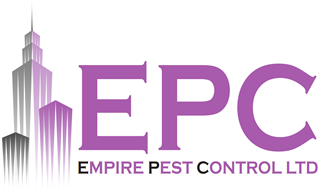
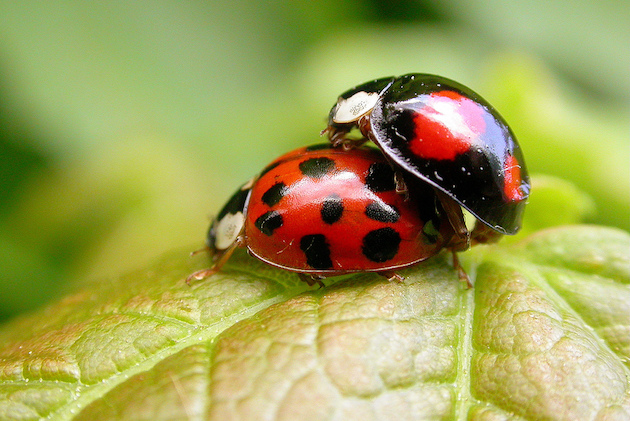
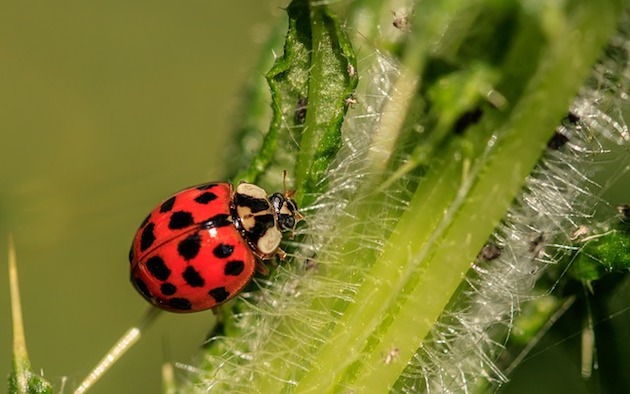
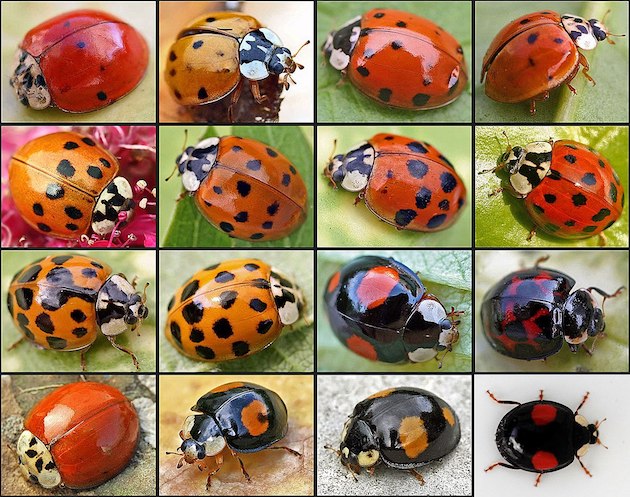
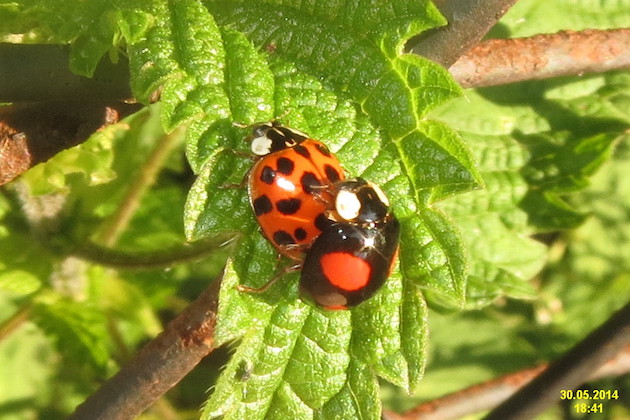
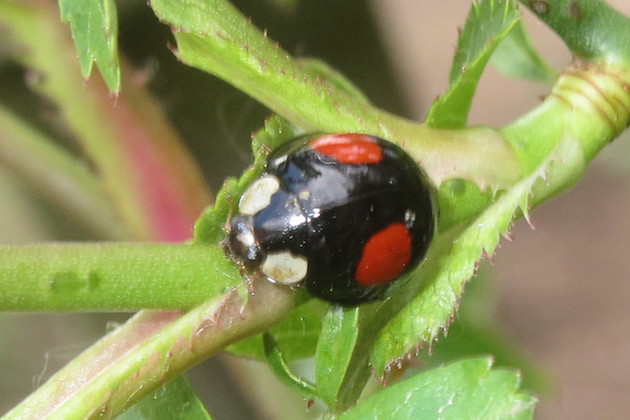
Leave a Reply